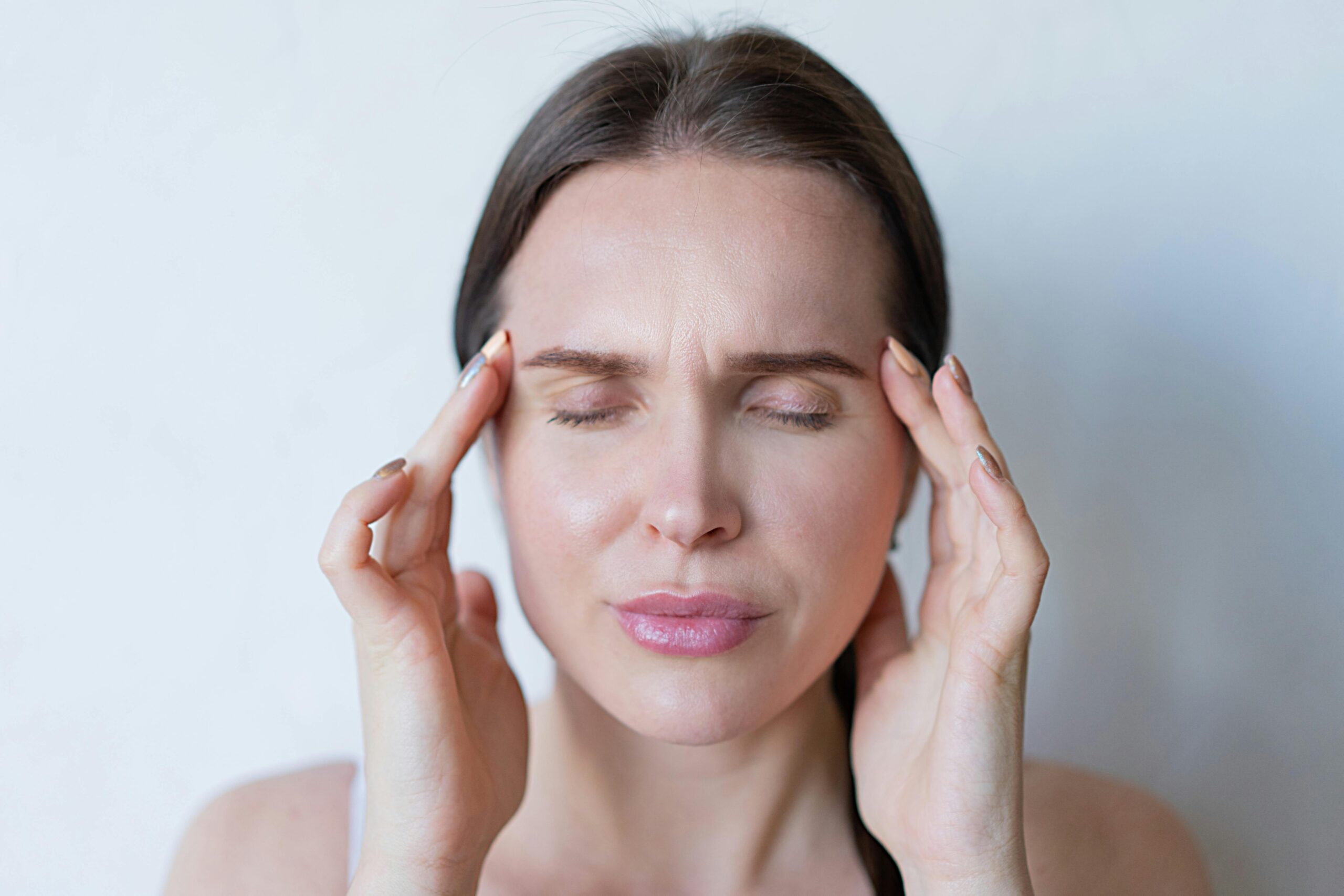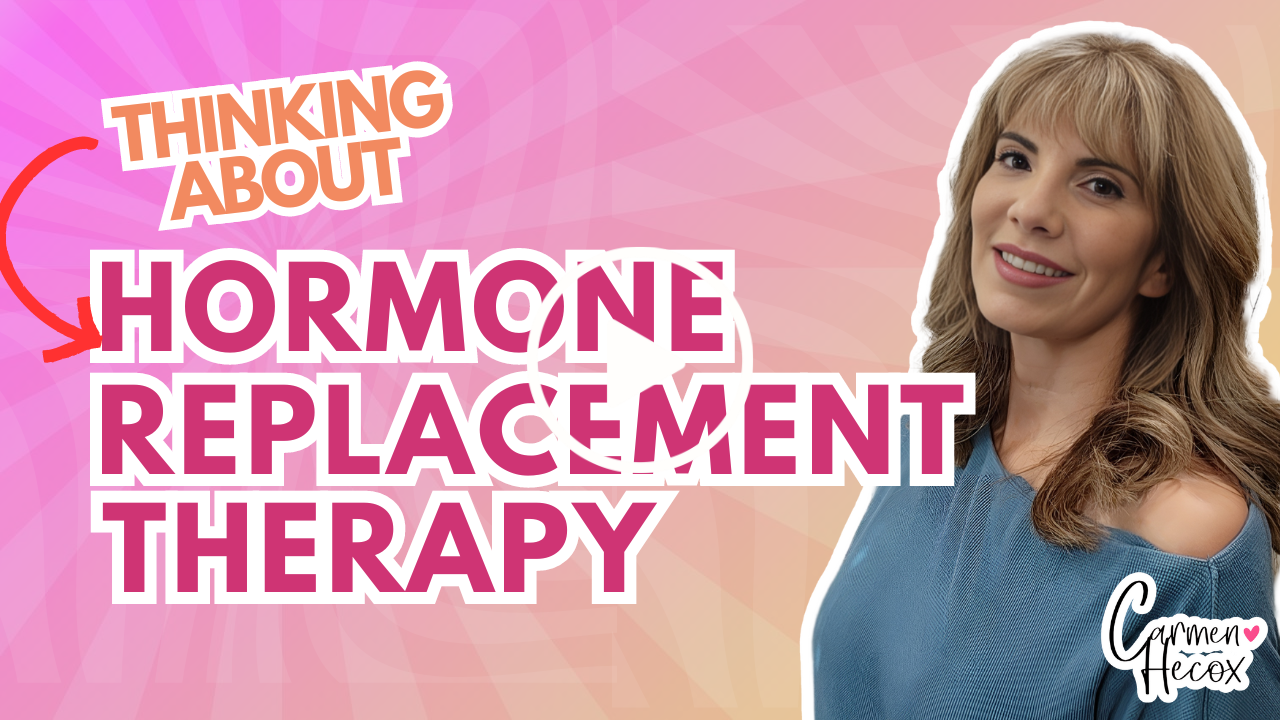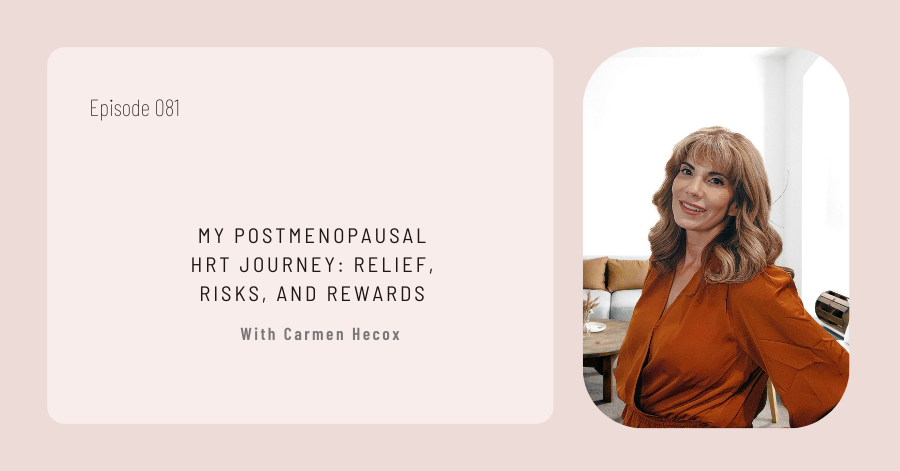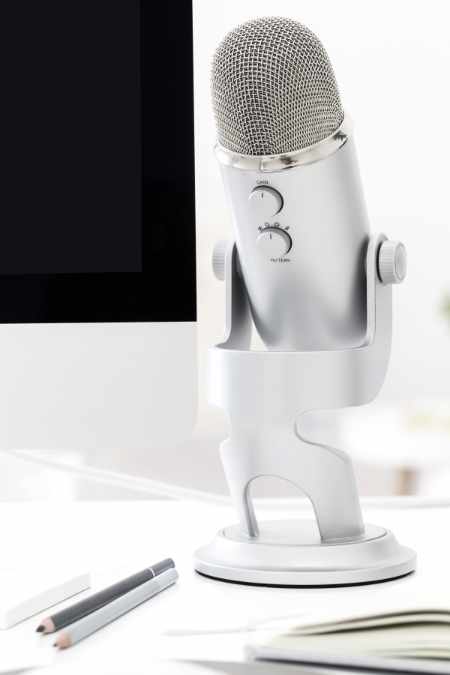My 90 Day Postmenopausal HRT Journey: Relief, Risks, and Rewards
How Bioidentical Hormone Replacement Helped Me Combat Menopausal Symptoms and Find a New Lease on Life
Battling Menopausal Symptoms: My HRT Journey
Ever wake up in the middle of the night drenched in sweat, sheets soaked as if you'd just run a marathon in your sleep? Or maybe you've caught yourself grinding your teeth, turning your jaw into a stress ball without even realizing it? That was my reality—a frustrating cycle of insomnia, night sweats, and jaw pain that seemed to have no end. For many women, these aren’t just mild inconveniences; they’re life-altering symptoms that dictate our days and steal our nights. I've been there, and I want to share my postmenopausal HRT journey of trying bioidentical hormone replacement therapy (BHRT) and what it’s meant for me.
This isn't just a recount of treatments and symptoms; it’s an exploration of finding relief, navigating the side effects, and learning how to advocate for yourself in a world that doesn’t always provide clear answers. If you've ever wondered if hormone replacement therapy (HRT) might be right for you, or if you're just curious about the journey, keep reading to discover what I've learned along the way.
Understanding My Decision to Try Bioidentical Hormone Replacement Therapy
Choosing BHRT wasn’t an overnight decision. Like many of you, I first turned to natural supplements in hopes of finding relief from the night sweats, insomnia, and jaw pain that had taken over my life. Unfortunately, those efforts were met with limited success. When I spoke to my gynecologist, I was advised against hormone replacement therapy due to potential risks. Instead, she recommended that if the symptoms became unbearable, she would prescribe antidepressants. Still, it wasn’t depression that was keeping me up at night—it was the overwhelming toll of menopause symptoms.
After extensive research and a lot of soul-searching, I decided to try bioidentical hormone replacement therapy BHRT. Unlike traditional hormone replacement therapies, bioidentical hormones are custom compounded to match the hormones my body was lacking. I wanted a more personalized approach, and bioidentical hormones seemed to offer that.

Day One of BHRT: A New Beginning
The decision was made, and I was ready to start my journey. Day one of my BHRT involved the insertion of a tiny pellet in my upper hip. This pellet contained a mix of testosterone and estradiol, carefully calculated to meet my specific needs. I was also prescribed progesterone to be taken orally every other day. Immediately after the procedure, I experienced a dull headache and some bloating. I chalked it up to my nerves—I’ve always been a bit of a weenie when it comes to sharp objects and procedures. But that following day, I noticed something unexpected: no jaw pain. For the first time in a long while, I woke up without that familiar tension.
I also noticed a subtle change in my posture. Years of neck issues had caused me to hunch, but that morning, I stood taller and felt less strain. Was it the hormones? Was it a placebo? I didn’t know, but it was a promising start.

Navigating the First Few Weeks: Relief and Side Effects
As the days went on, I continued to notice changes. The most significant? My night sweats and hot flashes almost disappeared. After years of disrupted sleep, I finally felt like I could breathe again. For the first time, I wasn’t waking up drenched in sweat. My energy levels improved, and so did my ability to handle stress. It felt like a fog was lifting.
However, the journey wasn’t without its bumps. I began to experience mild bloating, occasional headaches, and even a strange episode where my vision got bright and then began to get dark for a moment, which is a familiar trigger before getting a fainting spell. I also noticed an increase in libido—a surprising and somewhat awkward development that I hadn't anticipated. While some side effects were manageable, others required careful attention and consultation with my healthcare provider.

The Highs and Lows of HRT: Balancing Advantages and Disadvantages
As the weeks progressed, I felt a renewed sense of vitality. My brain fog lessened, my energy soared, and my joint pain was significantly reduced. I even noticed improvements in my dry eyes—a chronic issue I had dealt with for years. I was thrilled to feel more like myself again. My workouts became more effective, and I felt stronger.
But not all changes were positive. By week 16, I began to experience more intense migraines, something I had struggled with in the past. Additionally, I noticed my hair thinning, which was incredibly distressing. Hair loss is a known potential side effect of increased testosterone, and seeing it happen to me was a stark reminder of the complex balance required in hormone therapy.
To address the hair loss, I was prescribed Finasteride, a medication typically used to treat hair loss in men. Unfortunately, I had an allergic reaction to the medication, which caused further discomfort, including weight gain, a sore throat, and problems swallowing.
Join our community
Connect with like-minded individuals.

Managing and Monitoring: The Ongoing Journey
One of the critical components of BHRT is consistent monitoring. Six weeks after starting, I had blood work done to assess my hormone levels and adjust the treatment as needed. It was a reminder that this journey isn’t static; it requires constant evaluation and adaptation. As I neared the 90-day mark, I felt more in tune with my body, aware of its signals, and better equipped to manage the ebbs and flows of symptoms.
Despite the ups and downs, the benefits have been substantial. My quality of life has improved in ways I hadn’t anticipated. I’m not saying BHRT is a one-size-fits-all solution—far from it. But for me, it has been worth exploring.

Key Takeaways: Is BHRT Right for You?
If you’re considering hormone replacement therapy, especially bioidentical options, it’s crucial to consult with a knowledgeable healthcare provider who understands the complexities of menopause and can guide you through the process. Here are a few things I’ve learned:
1. Do Your Research and Advocate for Yourself
No one knows your body better than you do. Read up on all available options, understand the risks, and don’t hesitate to ask questions. If your provider is dismissive or doesn’t seem to take your concerns seriously, seek a second opinion.
2. Be Prepared for a Balancing Act
Hormone therapy is not a quick fix. Constant monitoring and adjustment are required to find the right balance. What works for one woman might not work for another, and even then, it may require tweaking as your body changes.
3. Track Your Symptoms and Progress
Keeping a detailed journal of symptoms, changes, and side effects can help you and your healthcare provider make informed decisions. I documented everything from mood changes to hair shedding, which was invaluable during follow-ups.
4. Listen to Your Body
Symptoms can be subtle or sudden, but your body will tell you what’s working and what isn’t. The goal is to feel better, not to trade one set of symptoms for another.
5. Have Patience and Stay Open-Minded
The journey to relief can be long and winding. Not every day will be better than the last, but staying hopeful and open-minded can help you navigate the highs and lows.
Reflecting on the First 90 Days: What’s Next?
So, would I do it again? Absolutely, but with some adjustments. The benefits of BHRT have outweighed the challenges for me, but that doesn’t mean it’s a perfect solution. The key is working closely with a healthcare provider to fine-tune the treatment and adapt as needed.
As I look forward to the next phase of this journey, I’m reminded that every woman’s experience with menopause is unique. Sharing my story isn’t about convincing you to follow the same path—it’s about empowering you to explore your options, ask questions, and find the best course for your own health and well-being.
If my story helps even one woman feel less alone in this journey, then every word has been worth it.
For those who want to stay connected and be part of a community that embraces midlife transformations, I share more stories, tips, and expert insights regularly. Join me as we continue to explore, learn, and grow together.
Watch the complete episode here.

Resources Mentioned:
Subscribe to Apple Podcasts, and don't forget to Rate and Review
Like what you heard? If so, please rate and comment on Apple Podcasts. And while you are there, let me know what you want to hear next.
And while you are there, don't forget to hit Subscribe.


